10 interesting facts about Silver
Like gold, silver is one of the most precious metals in the history of mankind that has always held great value. It's only the 68th most abundant element in the Earth's crust. Thought to be one of the first elements discovered, the earliest silver objects date back to 5000 BCE. Silver has been used as currency, is traded as an asset on the financial market, and has applications in many industrial products due to its unique qualities.
In this article, let's explore ten fascinating silver facts that explain the allure of this unique element.
Ten Interesting Facts About Silver
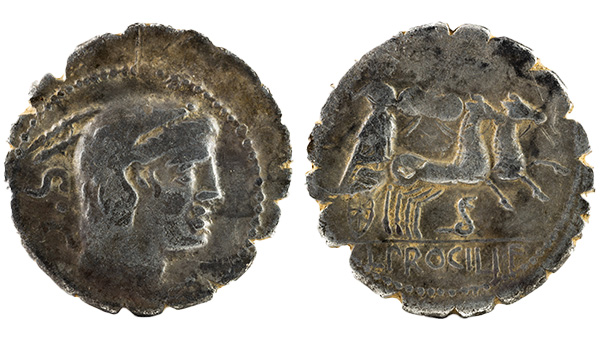
-
Silver has been known since antiquity. It was one of the first metals to be discovered, along with gold, copper, lead and iron. Silver readily forms alloys with other metals like copper, zinc, and gold. Electrum, for example, is a natural alloy of silver and gold. It is believed to be one of the earliest elements discovered. Records about silver from around 5000 BCE have been found, and the earliest silver objects date from before 4000 BCE. Man first learnt to separate silver from lead in 3000 BCE. The earliest coins minted were done in "rough incuse", where the hammer was beaten directly onto the reverse.
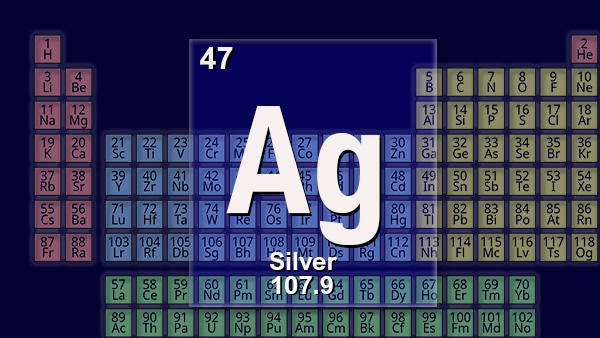
-
The word “silver” comes from the Anglo-Saxon word seolfor. However, the chemical symbol for silver – Ag – comes from the Latin word for silver, argentum, which in turn derives from the Sanskrit word argunas, which means shining. Interestingly enough, "Argentina" was so named because it was one of the first countries found to be rich in silver by the Spanish and Portuguese armies.
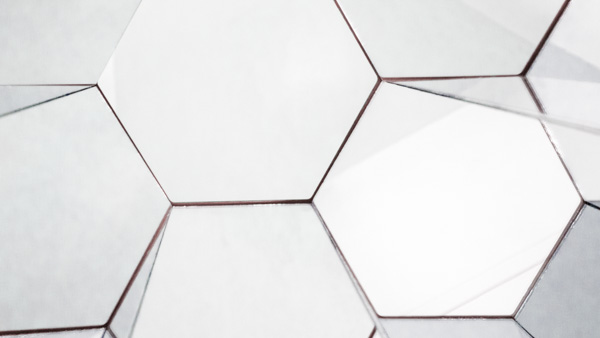
-
Silver is the most reflective element in nature. Polished silver reflects 95% of the visible light spectrum, so by applying a thin layer of silver to the back of glass, a highly reflective surface is created. We've used this reflective metal in mirrors, telescopes, microscopes, and solar cells, allowing us to explore the depths of the universe.
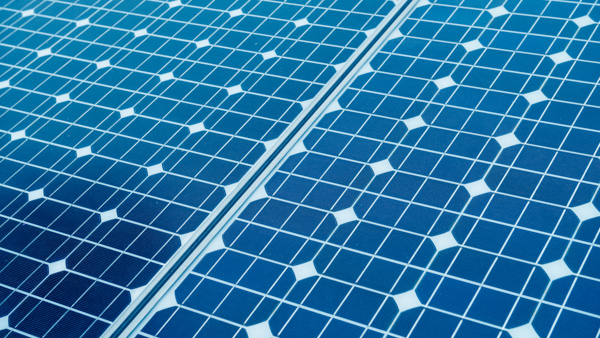
-
Silver is a highly electrically conductive element. The best electric conductor of all the elements, in fact. It is the only element that scores 100% conductivity. The only other metal that comes close is copper at 97%. That's why it's used heavily in photovoltaics, and is an essential component in all electrical devices, from smartphones to laptops.
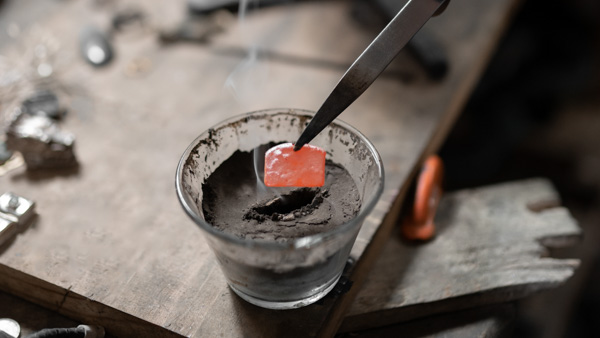
-
Silver is also the best thermal conductor of any metal. That's because silver contains single, free-moving valence electrons. These highly mobile electrons can flow through the internal atomic structure for long distances without encountering something that makes them change directions. Thus, heat is carried swiftly through metal.
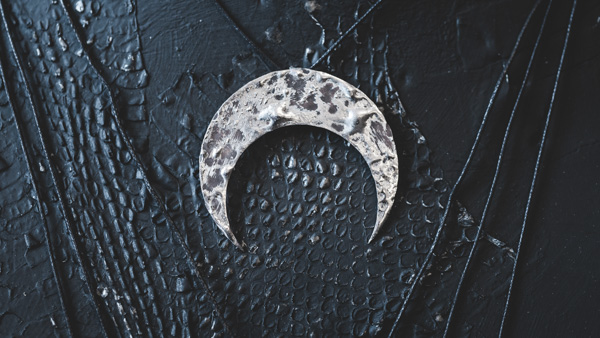
-
Ancient civilizations often associated silver with the moon, and pure silver was often considered a symbol of perfection. Items made of silver were said to have special powers, hence its use in religious artifacts. People believed it brought healing powers, good fortune, and warded off evil spirits, most famously werewolves and vampires. Silver coins were often placed in the water barrels when traveling by sea to keep the water safe for drinking.

-
Said to have antimicrobial properties, silver has the unique ability to penetrate the cell walls of bacteria, preventing it from growing and spreading. It's recently been found that when silver is used to kill bacteria, that same silver can later leech out to the environment, killing new bacteria that have been subsequently introduced. Toxic to bacteria, algae, and fungi, silver compounds are commonly used in topical antiseptic creams for the treatment of cuts and burns.
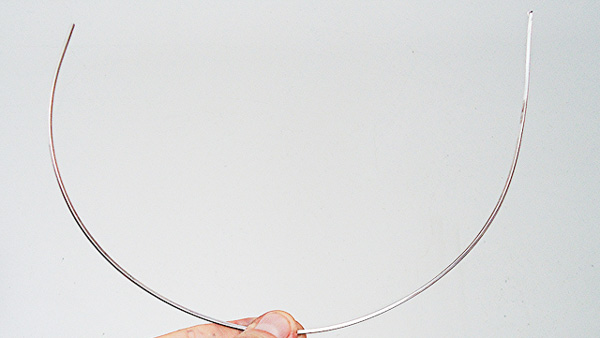
-
Silver is extremely malleable and ductile. Amongst metals, it is second only to gold. That's because the metallic bonds in silver are relatively weak. An ounce of silver can be drawn into a strand of wire 8,000 feet long. That's why it's used heavily in jewelry making. Silver jewelry is commonly made from alloys, as silver alloys can be worked into almost any shape imaginable. Sterling silver, for example, contains 92.5% of silver and 7.5% of another alloy and is regarded to have a fineness of 925.
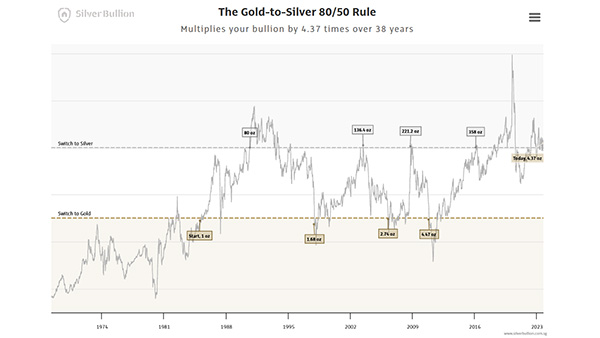
-
The price of silver currently is less than that of gold, but in ancient Egypt and Medieval European countries, silver was valued more highly than gold. As industrial demand for silver increases, this may soon change, which is why many precious metal investors refer to what’s known as “the gold-silver ratio” to determine how much gold and silver to hold.
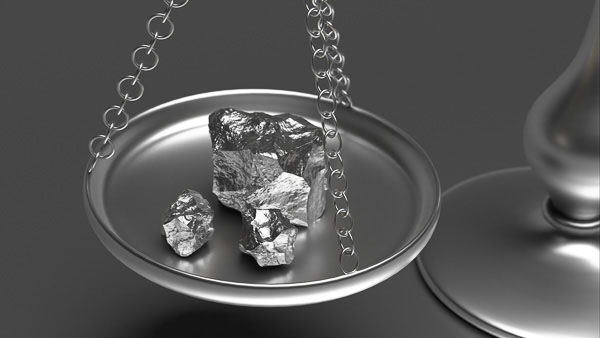
-
Silver is a noble metal with a high density. The density of silver is 5 grams per cubic centimeter. The high density of silver makes it difficult to produce fake silver coins. If the size of the coin is right, but it isn't made of silver, it is easy to detect by weight. Similarly, if the coin is made using a base metal at the right weight, its size would be incorrect. As pure silver is too soft a metal, silver alloys are commonly used when producing items for everyday use. For example, jewelry is often made with sterling silver, which is an alloy with 92.5% pure silver, blended with other base metals like copper, nickel, or zinc.
Conclusion
As we look at silver through the years, we find a metal that has captivated Man for years through its extraordinary properties. A natural luster and reflectiveness that invokes comparison with the moon. Healing properties that must certainly have seemed magical before the discovery of antibiotics. Silver has definitely captivated civilizations throughout history, and it continues to hold great value to us thanks to the many industrial applications we have found.
Silver also remains one of the few financial assets that, like gold, can be purchased as a physical asset and traded on the market. Because it has intrinsic value and can serve as a store of value, silver is considered a safe haven asset by many investors.
With the enormous range of industrial applications and the increasing demand for renewable energy sources, silver's outstanding properties will certainly see it continue to play a significant role in the coming years.